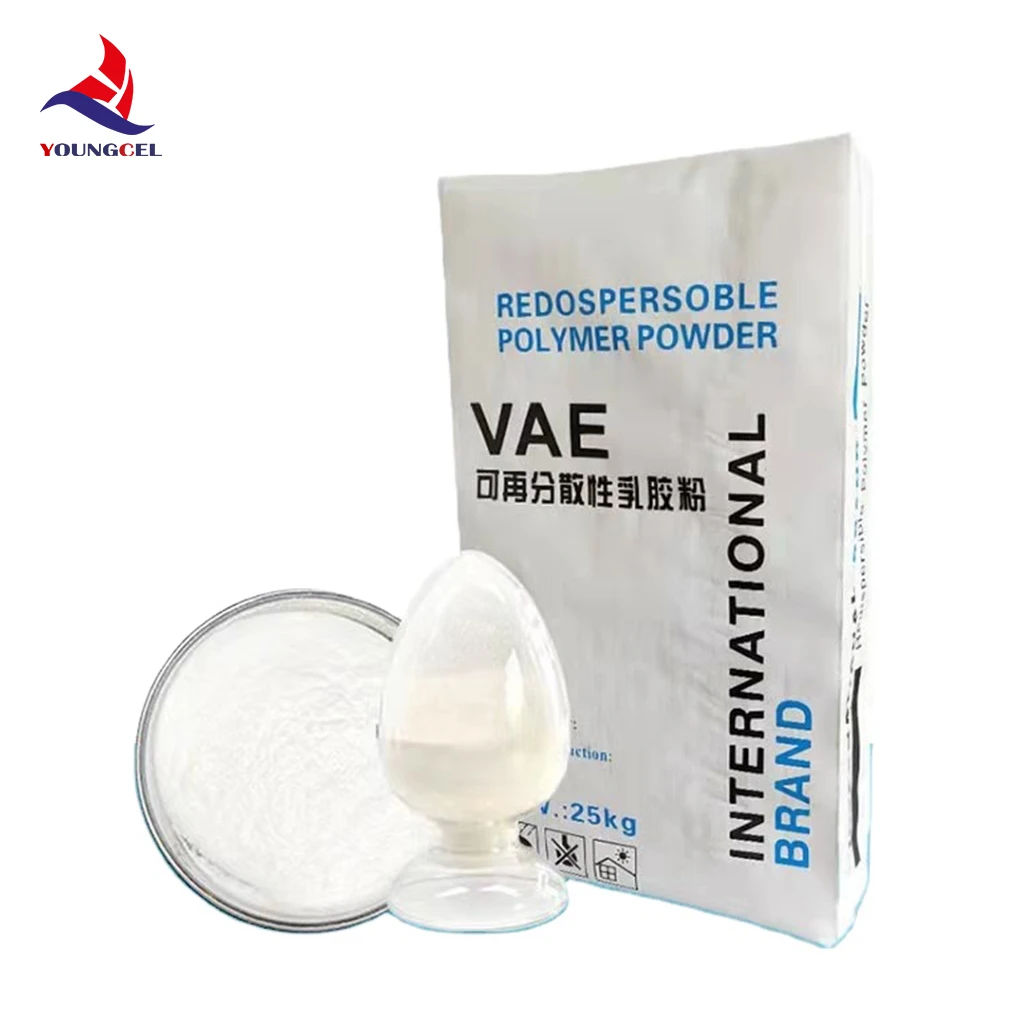Understanding Hydroxyethyl Methylcellulose (HEMC) Properties and Applications
Hydroxyethyl methylcellulose (HEMC) is a water-soluble cellulose ether derived from natural cellulose. As a modified polysaccharide, HEMC is synthesized through the reaction of cellulose with ethylene oxide and methyl chloride. The resulting compound exhibits unique properties that make it valuable across various industries, particularly in construction, pharmaceuticals, food, and personal care products.
One of the primary characteristics of HEMC is its thickening and stabilizing ability. Due to its soluble nature, HEMC can be easily incorporated into aqueous systems, where it functions to increase viscosity. This property is instrumental in various applications, ranging from improving the flow and application of construction materials like cement and plaster to enhancing the texture of food products. In the food industry, HEMC serves as a stabilizer and emulsifier, ensuring product consistency and preventing separation.
Understanding Hydroxyethyl Methylcellulose (HEMC) Properties and Applications
In the pharmaceutical sector, HEMC plays a crucial role in drug formulation. Its rheological properties enable controlled release of active ingredients in pharmaceutical preparations, which can improve the efficacy of medications while minimizing side effects. Additionally, HEMC is used as a binder in tablet formulations, ensuring the integrity and reliability of the final product.
cellulose ether hemc

The sustainability factor of HEMC also deserves attention. Derived from renewable cellulose sources, HEMC offers an eco-friendly alternative to synthetic polymers. As industries shift towards sustainable practices and materials, HEMC presents a viable option that aligns with these environmental goals, making it increasingly popular among manufacturers seeking to reduce their carbon footprint.
However, the versatility of HEMC is not limited to its functionalities; it can also be modified to tailor its properties for specific applications. By adjusting the degree of substitution (the ratio of hydroxyethyl to methyl groups), manufacturers can create different grades of HEMC, each with unique characteristics that meet the needs of diverse industries. This customization is critical for achieving the desired performance in various applications, from low-viscosity solutions for paints to high-viscosity gels for personal care products.
Despite its numerous advantages, working with HEMC requires understanding its behaviors in different environments. For example, factors such as temperature, pH, and ionic strength can significantly influence the viscosity and stability of HEMC solutions. Therefore, manufacturers must consider these variables during formulation to ensure optimal performance and product reliability.
In conclusion, hydroxyethyl methylcellulose (HEMC) is a versatile cellulose ether that serves vital functions across various industries. Its unique properties, including thickening, film-forming, and stabilizing capabilities, make it an essential ingredient in construction materials, pharmaceuticals, food products, and personal care items. As a sustainable, renewable resource, HEMC also aligns with modern environmental considerations. With ongoing research and development, the potential applications of HEMC are likely to expand even further, solidifying its role as a key component in innovative formulations and products.
-
The Application and Significance of Construction RdpNewsMay.19,2025
-
Industrial Grade HpmcNewsMay.19,2025
-
Building Coating Adhesive Building Coating Adhesive HpmcNewsMay.19,2025
-
Application Of Hpmc For Detergent For Detergent In DetergentsNewsMay.19,2025
-
Application Of Hpmc Cellulose In Cement-Based MaterialsNewsMay.19,2025
-
Application Of High Quality Hpmc For Construction In The Field Of ConstructionNewsMay.19,2025




